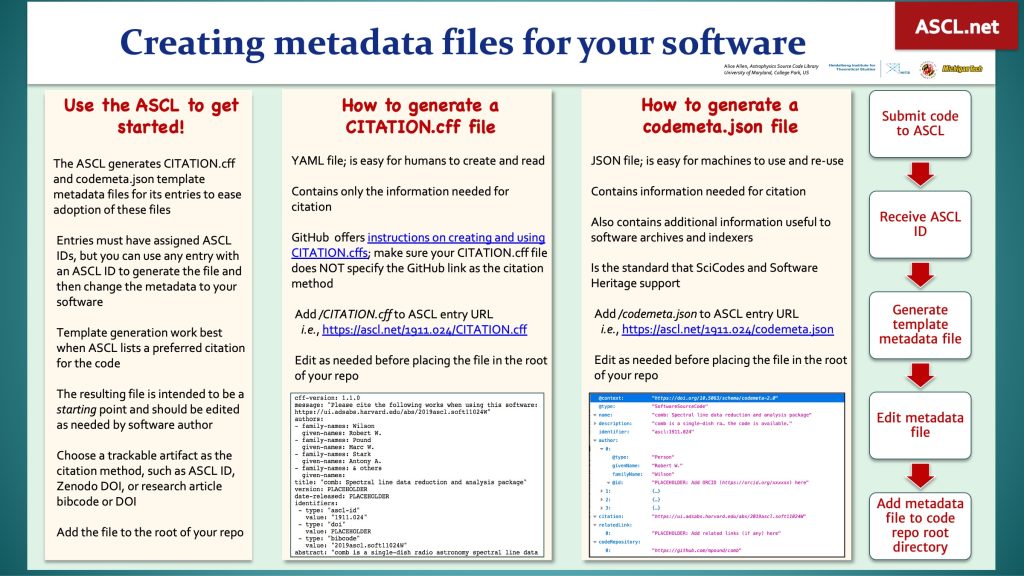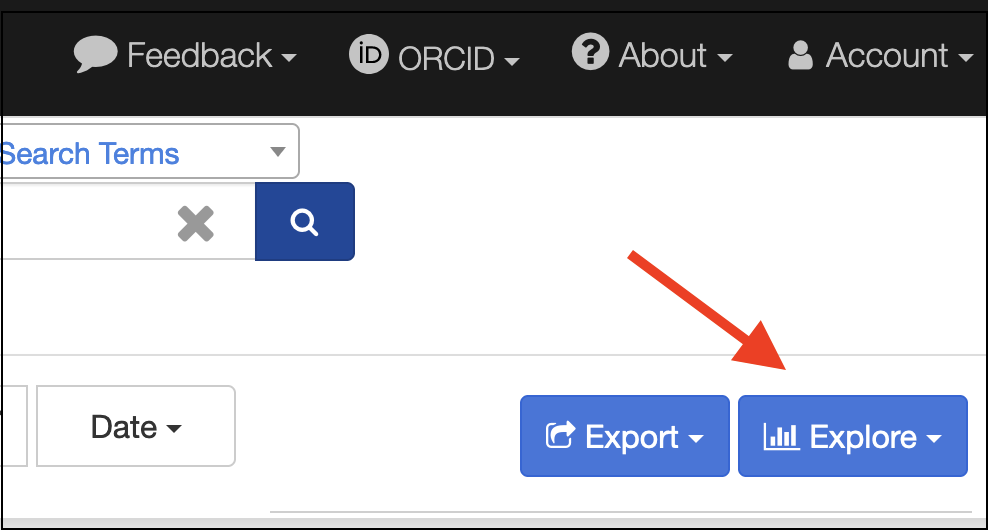Thirty codes were added to the ASCL in October, 2022:
Blacklight: GR ray tracing code for post-processing Athena++ simulations
BornRaytrace: Weak gravitational lensing effects simulator
CK: Cloud modeling and removal
COMET: Emulated predictions of large-scale structure observables
cuvarbase: fast period finding utilities for GPUs
ExoRad2: Generic point source radiometric model
Faiss: Similarity search and clustering of dense vectors library
Finder_charts: Create finder charts from image data of various sky surveys
gbdes: DECam instrumental signature fitting and processing programs
iharm3d: Hybrid MPI/OpenMP 3D HARM with vectorization
ixpeobssim: Imaging X-ray Polarimetry Explorer simulator and analyzer
LavAtmos: Gas-melt equilibrium calculations for a given temperature and melt composition
LensingETC: Lensing Exposure Time Calculator
MCCD: Multi-CCD Point Spread Function Modelling
NEMESIS: Non-linear optimal estimator for multivariate spectral analysis
NIRDust: Near Infrared Dust finder for Type2 AGN K-band spectra
paltas: Simulation-based inference on strong gravitational lensing systems
PETSc: Portable, Extensible Toolkit for Scientific Computation
PGOPHER: Rotational, vibrational, and electronic spectra simulator
pixmappy: Python interface to gbdes astrometry solutions
POSYDON: Single and binary star population synthesis code
PSFr: Point Spread Function reconstruction
PSS: Pulsar Survey Scraper
PySME: Spectroscopy Made Easy reimplemented with Python
RADTRAN: General purpose planetary radiative transfer model
SHEEP: Machine Learning pipeline for astronomy classification
Solar-MACH: Multi-spacecraft longitudinal configuration plotter
SPINspiral: Parameter estimation for analyzing gravitational-wave signals
TSRecon: Time series reconstruction method of massive astronomical catalogs
tvguide: Observability by TESS



